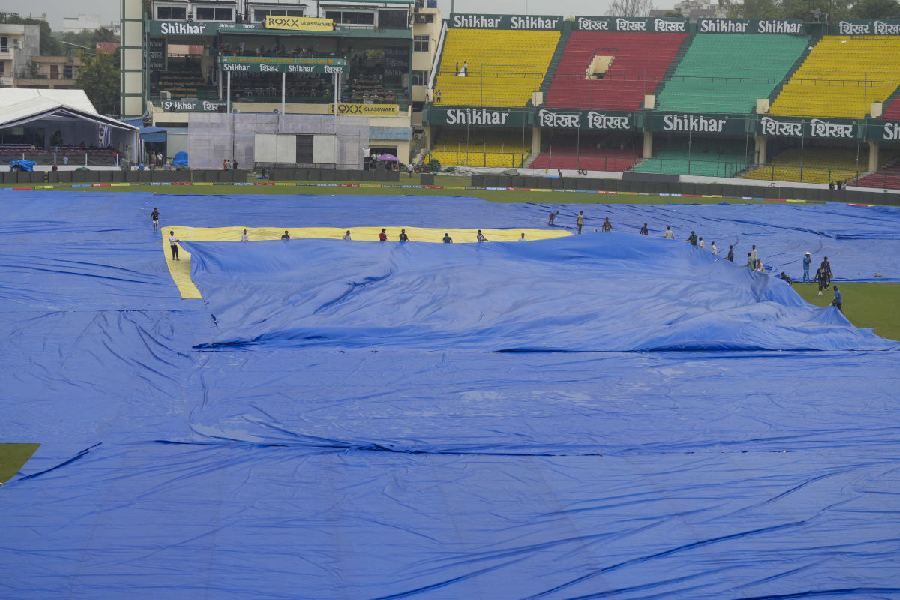A project to build solar power stations at 13 sites in the Spiti Valley, Himachal Pradesh, could disrupt snow leopard habitat, wildlife biologists have said, urging authorities to consider relocating the project in the interests of conservation.
Researchers with the Nature Conservation Foundation (NCF) have determined that all the 13 sites are within areas that are well suited for and likely to have snow leopards, a flagship high-altitude species found across 12 Central and South Asian countries.
Munib Khanyari and his colleagues at the NCF superposed data from camera sightings of snow leopards across the Spiti Valley with the proposed sites for a planned 880MW solar park, to be jointly built by the central and Himachal Pradesh governments.
Electricity from an 880MW solar park could support nearly 176,000 homes consuming 1.5kW over a year, assuming the solar park will operate at its full capacity 30 per cent of the time. For comparison, the country’s largest indigenous nuclear power reactors have a capacity of 700MW.
The solar park project is currently stalled, primarily because of cost escalations, but, the NCF researcherssay, their study flags both its potential negative environmental impacts and possible strategies through which solar energy expansion can occur alongside conservation.
“We’re not opposing the solar power park, but we’re calling for a nuanced approach to projects while acknowledging the need for greenenergy,” said Khanyari, a programme manager for high-altitude research at the NCF who led the study, published in the journal Biological Conservation.
Data from the camera images, analysed in 2021, indicated that Spiti had at least nine snow leopards. The NCF researchers considered four possible mitigation options — “avoid”, “minimise”, “remediate” or “offset” — to curb the impacts of the planned solar parks on the snow leopard habitat.
The “minimise” option curtails the number of sites to stay clear of the most suitable habitat for snow leopards, while the “remediate” option means construction at all 13 sites with the construction methods and materials leaving the habitat undisturbed. The “offset” too means construction at all sites, with remedial steps to conserve the snow leopard elsewhere along the Indian Himalayas.
The NCF researchers say they have insufficient information to meaningfully evaluate the “minimise” or “remediate” options, and that the “offset” option does not align with views that Spiti is an “irreplaceable” habitat for snow leopards.
“Our results encourage avoiding the construction at any sites, with a policy recommendation to shift them to areas of lower suitability for snow leopards,” the researchers said in their study.
A snow leopard population assessment had earlier this year estimated that India had 718 such big cats, the assessment covering over 70 per cent of potential snow leopard areas across the northern trans-Himalayan region.
The assessment report, released by the Union environment ministry in January this year, estimated that Ladakh had the highest count of 477 snow leopards, followed by Uttarakhand (124), Himachal Pradesh (51), Arunachal Pradesh (36), Sikkim (21) and Jammu and Kashmir (9).









